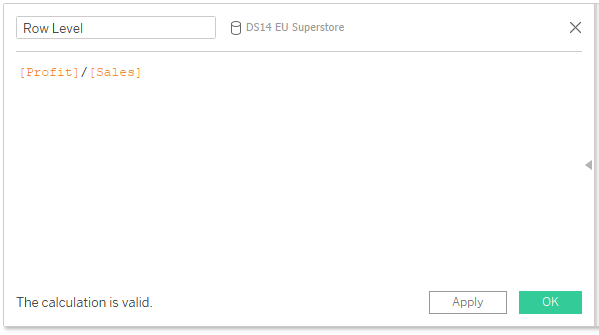Something that I’ve picked up on during our two weeks at the Data School is the importance of failure. We effectively have a safe environment to fail, without too much consequence, and with the added benefit of friendly people to help advise on how to get it right next time. Of course, it also helps a lesson to stick in your mind if you get something wrong in front of a room full of people…
Which is exactly what happened to me in week two’s Friday Project! You may have seen my previous blog on my struggle to wrap my head around LODs. It was, therefore, perhaps inevitable that they would trip me up as part of this week’s project. Every calculation I did had me fretting that I might need to use an LOD and I got myself into a bit of a muddle.
The data I had to work with was comprised of NYC Taxi Trips. I was proud of myself for beginning my investigation into the data by working out what the lowest level of detail was i.e. that each row represented a unique trip. However, I had forgotten the purpose of doing this step, which meant it was basically pointless.
To clarify, the reason that it’s good to understand what’s going on in each row, is that Tableau will naturally work things out at the row level for unaggregated fields. For example, when working with everyone’s favourite data (sample superstore), each row represents a product in a customer’s order. The calculation below will express the profit made on each product in an order as a percentage of the sales.

Coming back to the NYC Taxi data, I thought it would be neat to look at the amount that people tip as a percentage of their fare. My thought process told me “I need to look at this for each individual trip and since I don’t have that level of detail in the view, I will need to use an LOD.” Can everyone see my flawed logic there? Since every individual trip is a row of data, there is no need to use an LOD as Tableau will automatically work to that level of detail.
So, in summary, I think Friday’s failure has brought me a step closer to understanding when I should (and shouldn’t) use LODs. I’m by no means comfortable with those little odd demons yet, but I’m certainly determined to get my head around them soon!
